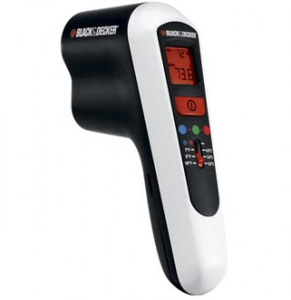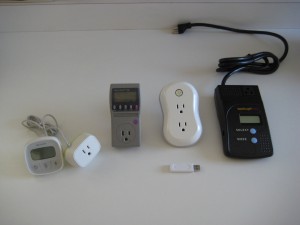Winter Electric Heating
Some homes must use electric heating in the winter, even though it is expensive, commonly costing several dollars per day. For example, Mammoth Lakes, California has very few gas lines due to the occasional earthquakes. Heating with wood fires is common because it is cheap and pleasant, but some days it is banned when the winds stall because the air in town can get thick with smoke.
Smart meter data from Southern California Edison can be used to see how much heating costs. The data is hourly data from previous days. To find how much your heaters use you will need to control your electricity use for a few hours. Turn off everything that you can, and don’t run any hot water. Then turn the heaters on and off for one hour intervals and record the times and actions. The following day you should be able to see the usage data jump when you turned the heaters on, and you can estimate how much power they used above your baseline.
Ideally one would replace heaters with a more efficient model. However, there is little that can be done with resistance heaters. They all turn the electricity to heat similarly and have similar overall efficiency. Heat pumps are more efficient, but they are expensive and require installation that is not feasible in most apartments or condos.
So the options are limited for reducing heating costs. Besides just turning the heat down to save, paying attention to locations can also help. Heaters on external walls tend to be wasteful because a lot of the heat escapes to the outside. It cuts costs to use heaters towards the middle of the building and nearest to where the people are. Leaving unoccupied areas unheated is another way to cut costs while staying comfortable.




